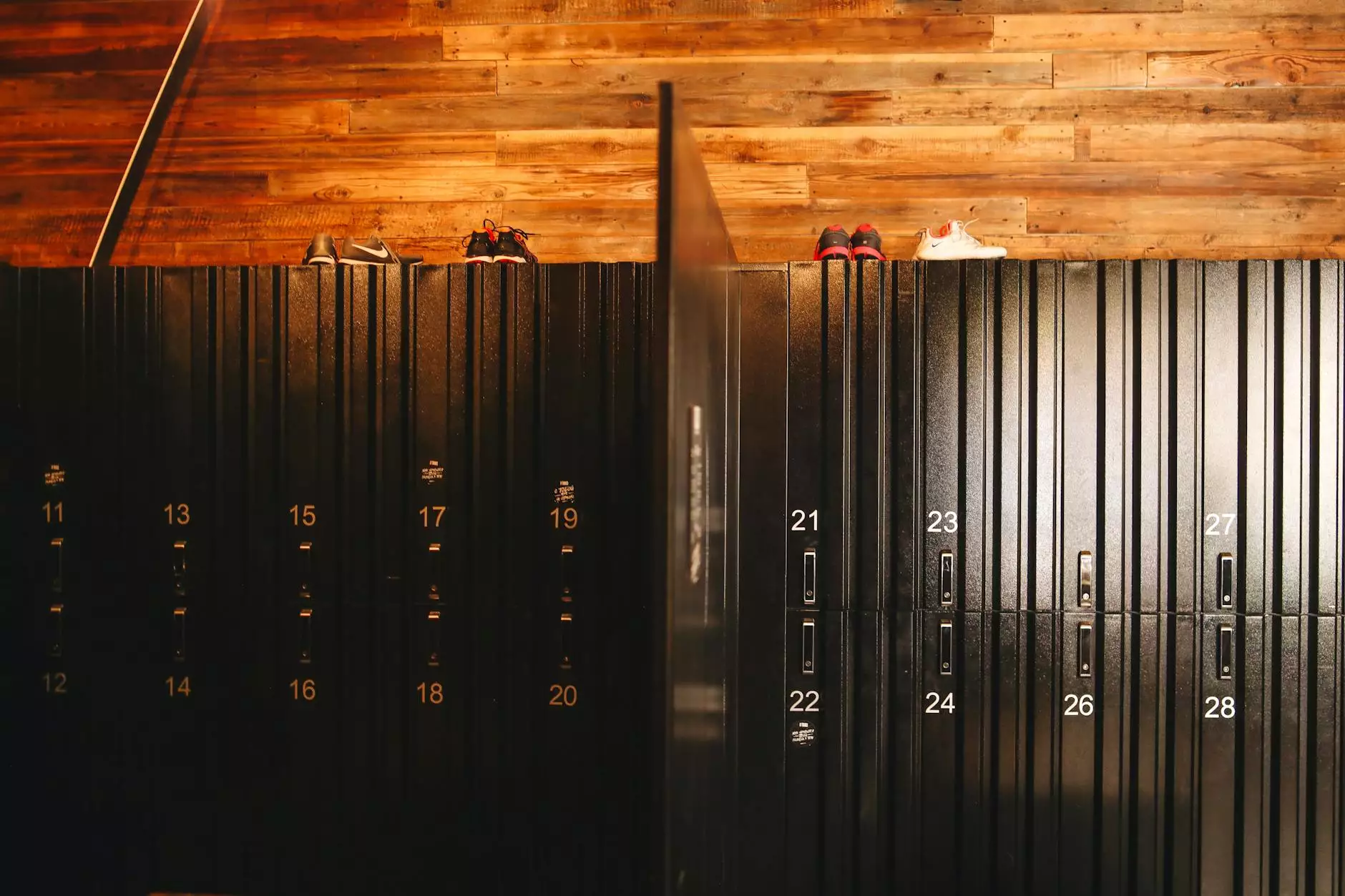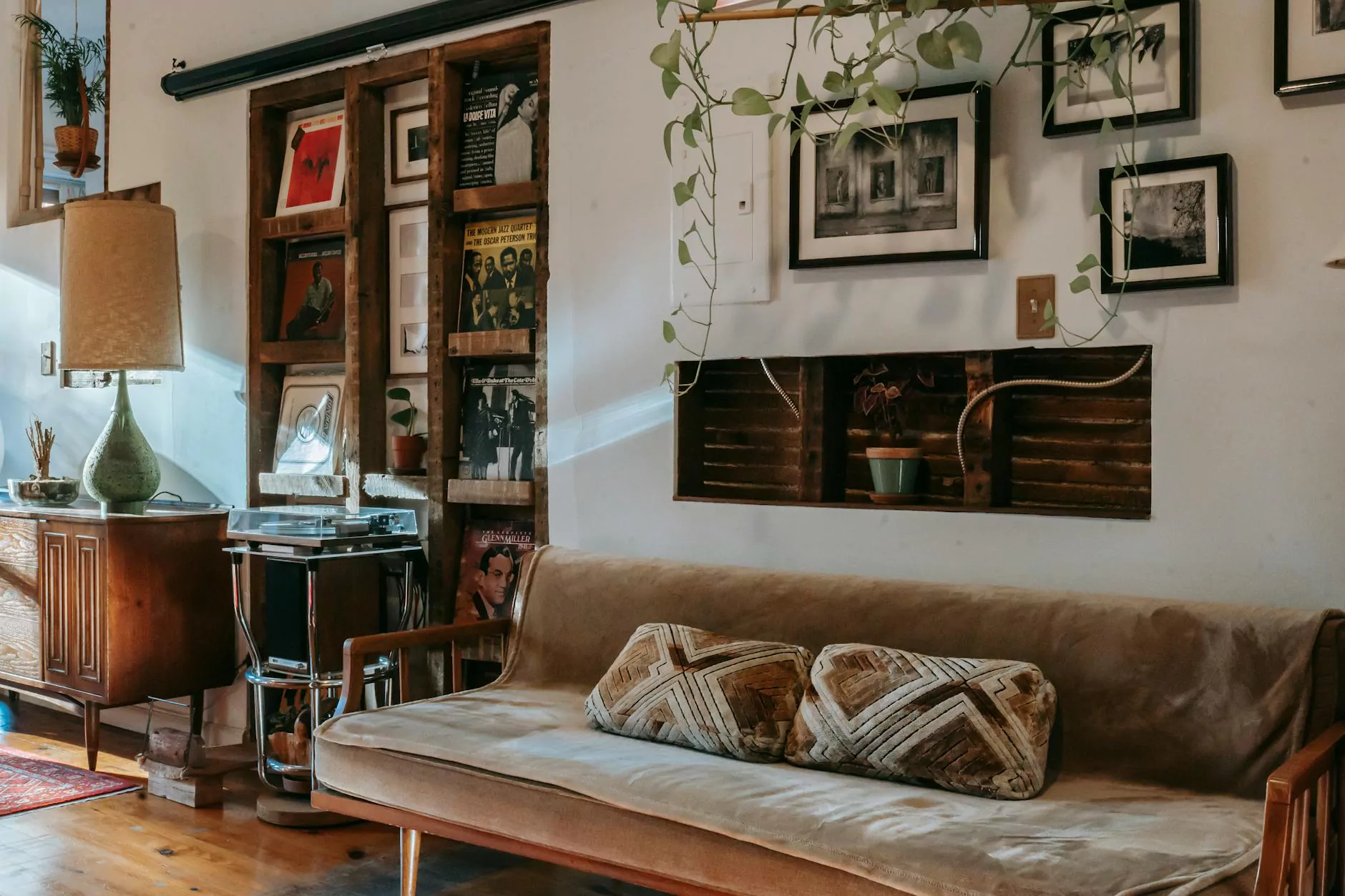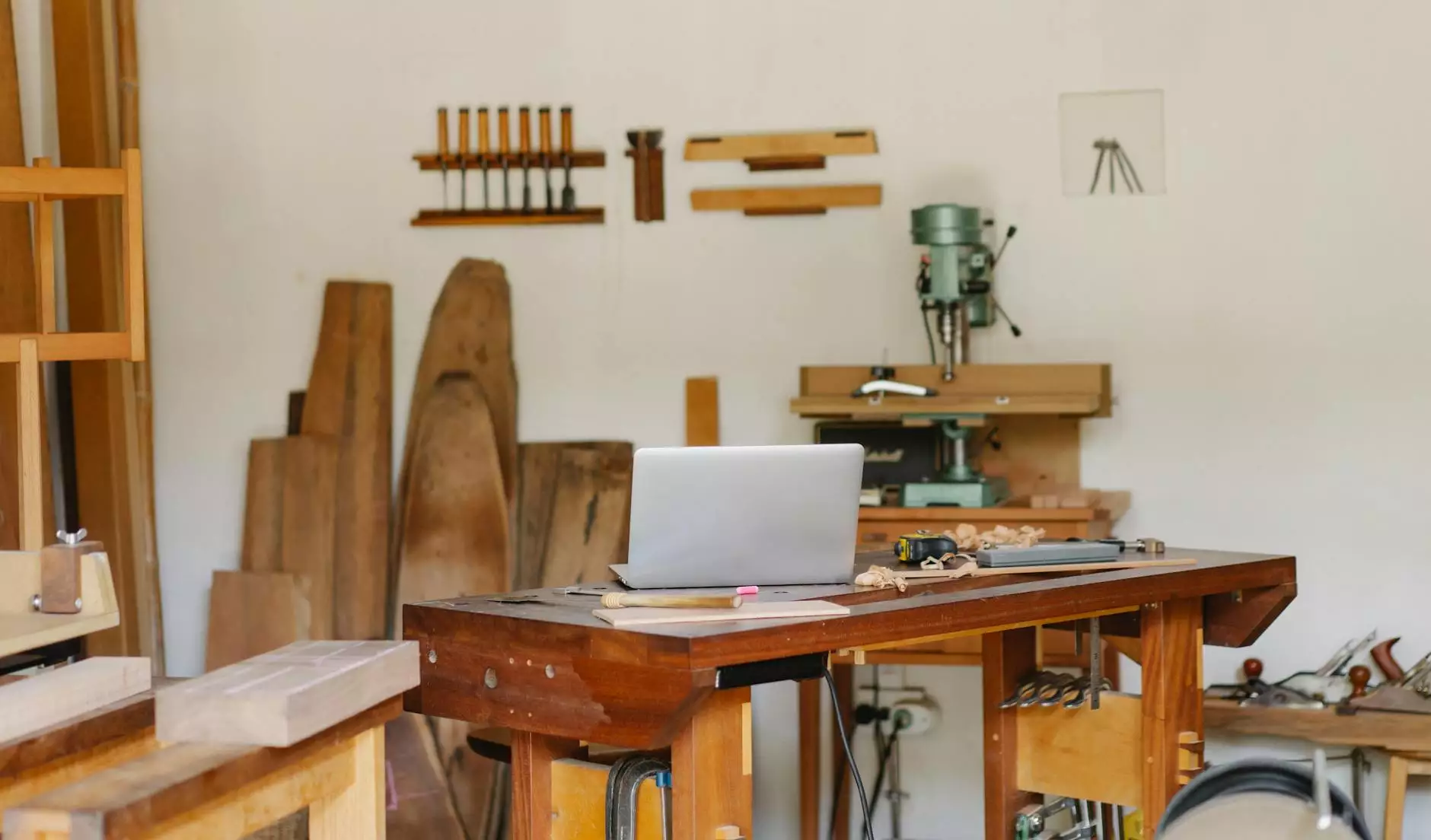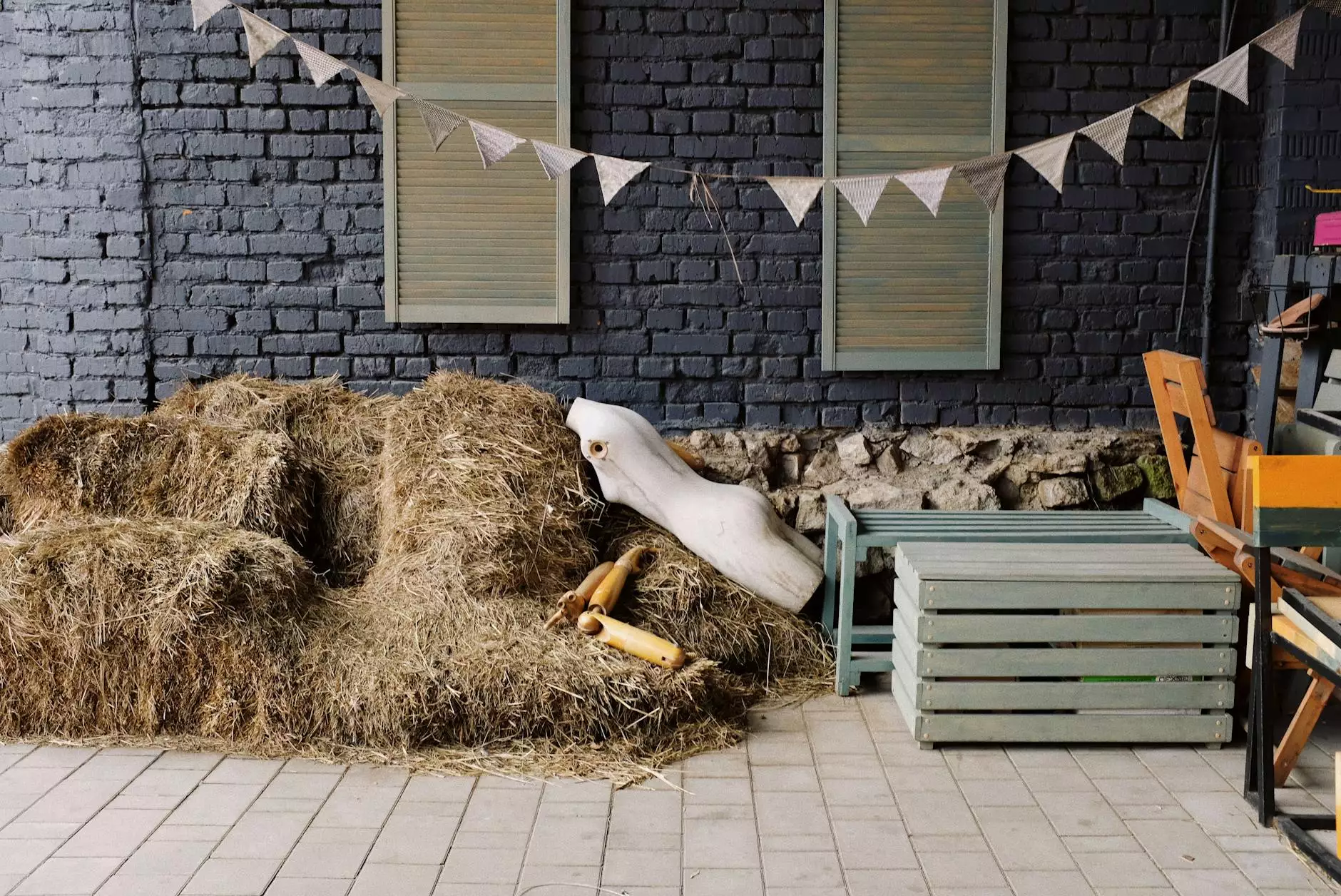Tips for finding a wall stud
Cabinets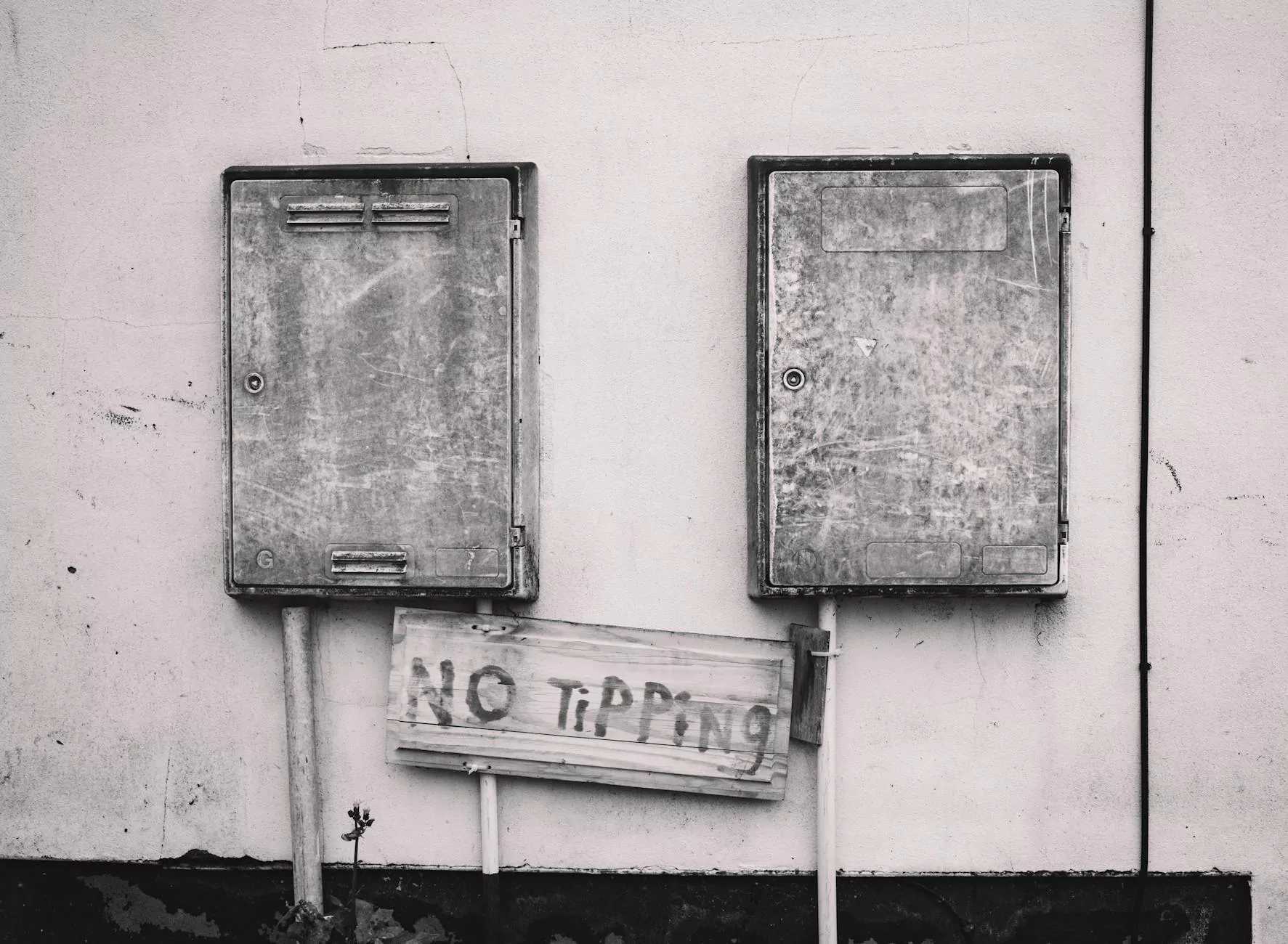
When it comes to hanging items on your walls, it's crucial to locate a wall stud for secure and long-lasting installations. Whether you're looking to hang a heavy mirror, a TV mount, or a set of floating shelves, finding a wall stud is essential to prevent accidental damage and ensure stability. Screens Unlimited, a leading provider of business and consumer services, shares valuable tips below to help you become proficient in locating wall studs like a pro.
Why are wall studs important?
Wall studs serve as the backbone of your walls, providing support and structure. They are vertical framing members typically made of wood or metal that run from the floor to the ceiling. Studs are spaced approximately 16 or 24 inches apart and offer a sturdy anchor point for securely mounting objects. By attaching your fixtures to wall studs, you distribute the weight evenly and minimize the risk of damage or accidents.
Tools and materials needed
Before you begin, gather the following tools and materials:
- Stud finder: Reliable stud finders use electronic sensors to detect studs beneath the wall surface. Look for models with additional features such as deep scanning or AC live wire detection.
- Measuring tape: Useful for calculating stud spacing based on the accurate measurements of existing studs. Always double-check stud spacing to ensure accuracy.
- Pencil: Essential for marking the stud locations.
- Level: Ensures your installation is perfectly straight.
- Drill and appropriate drill bits: Required for creating pilot holes and securing fixtures to the wall.
- Screws, anchors, or other mounting hardware: Choose the appropriate hardware based on the weight and type of item you are installing.
The process of finding a wall stud
Step 1: Prepare the area
Clear the area where you plan to install your item, ensuring there are no obstructions and that the wall surface is clean. This will make it easier to work and help you maintain accuracy throughout the process.
Step 2: Determine stud spacing
Using your measuring tape, locate the first stud near the corner of the wall and measure its spacing from that point. Typically, studs are spaced either 16 or 24 inches apart, center-to-center. Once you determine the spacing, mark additional stud locations along the wall, ensuring consistency.
Step 3: Utilize a stud finder
With your stud finder in hand, turn it on and place it against the wall. Slowly and steadily move the stud finder horizontally until it indicates the presence of a stud. Pay attention to any visual or auditory cues provided by the device to ensure accurate readings.
Step 4: Mark the stud location
Once your stud finder detects a stud, mark its location using a pencil. Make sure the mark is visible and easily distinguishable from the wall's texture.
Step 5: Confirm stud placement
Double-check the stud location by using an alternative method such as tapping the wall lightly. A solid, hollow sound usually indicates a stud, while a hollow, empty sound typically means there is no stud in that spot.
Step 6: Continue finding and marking studs
Repeat steps 3 to 5 until you have located and marked all the necessary studs for your installation. Remember to follow your measurements and maintain consistency with the initially marked stud spacing.
Step 7: Install your item
Align your item's mounting points with the marked stud locations. Use a level to ensure it is straight, then create pilot holes using an appropriate drill bit. Once the pilot holes are in place, secure your item to the wall using screws, anchors, or other recommended mounting hardware. Double-check the stability and make any necessary adjustments.
Extra tips for finding wall studs
Here are some additional tips to enhance your stud-finding process:
- Take note of outlets and light switches. Studs are often positioned near these fixtures, either to support them or meet building code requirements.
- Consider using an app or online stud finder tool as an alternative to traditional stud finders.
- Be aware that studs can be more difficult to detect in walls with thicker coverings, such as textured wallpaper or multiple layers of paint. Adjust your technique accordingly.
- If you're uncertain about locating studs on your own, consult a professional to ensure accurate results.
Conclusion
With the tips provided by Screens Unlimited, you can now confidently locate wall studs for secure installations. Remember, finding wall studs is a crucial step when mounting heavy items or fixtures to avoid damage and create a safe environment. Take your time, use the right tools, and follow the step-by-step process to achieve professional results.
For further assistance or professional stud-finding services, contact Screens Unlimited, your trusted partner in business and consumer services. Our experienced team is ready to provide expert guidance and ensure successful installations tailored to your specific needs.

